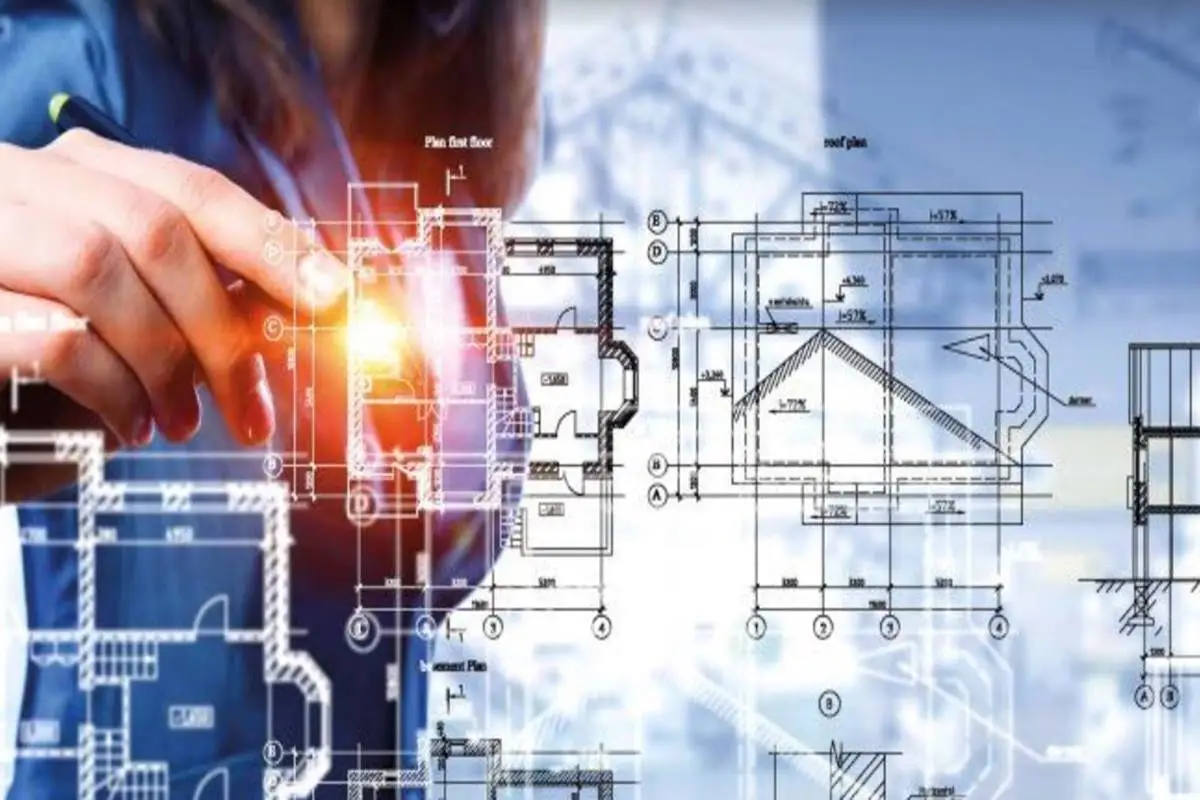
Infrastructure is a crucial component of economic development, providing the physical framework that supports business operations, transportation, and communication. Infrastructure includes all of the basic facilities, services, and systems needed for a society to function, such as roads, bridges, water supply, power grids, and telecommunications networks. In this article, we will examine the role of infrastructure construction in economic development, looking at how infrastructure projects can create jobs, attract investment, and support long-term growth.
The Economic Benefits of Infrastructure Construction
One of the most significant benefits of infrastructure construction is the creation of jobs. Infrastructure projects require a diverse range of skilled and unskilled labor, from engineers and architects to construction workers and equipment operators. As a result, infrastructure projects can generate employment opportunities both during the construction phase and afterward, as businesses are attracted to the area and begin to hire workers to operate within the newly created infrastructure.
Infrastructure construction can also stimulate economic growth by attracting investment and encouraging entrepreneurship. When businesses have access to reliable infrastructure, they are more likely to locate in the area and invest in their operations. This can lead to a virtuous cycle, where increased business activity generates additional demand for infrastructure, which in turn attracts even more investment.
Another important benefit of infrastructure construction is the improvement of the overall quality of life for residents. Infrastructure projects can improve access to healthcare, education, and other essential services, as well as making it easier for people to get around and participate in the local economy. This can lead to better health outcomes, increased economic mobility, and a more vibrant community overall.
Types of Infrastructure Projects
Infrastructure projects can take many forms, depending on the needs of the local area and the goals of the project. Some common types of infrastructure projects include:
- Transportation infrastructure: This includes roads, highways, bridges, railways, airports, and ports. Transportation infrastructure is essential for the movement of goods and people, and plays a critical role in supporting economic activity.
- Energy infrastructure: This includes power generation facilities, transmission and distribution systems, and natural gas pipelines. Energy infrastructure is critical for providing reliable and affordable energy to households and businesses.
- Water and wastewater infrastructure: This includes water treatment plants, pipelines, and sewage systems. Water and wastewater infrastructure is essential for providing clean drinking water and managing wastewater in a safe and environmentally sustainable manner.
- Telecommunications infrastructure: This includes the networks and infrastructure needed to support high-speed internet access, mobile phone coverage, and other communication services. Telecommunications infrastructure is critical for enabling businesses and individuals to communicate and access information.
- Public facilities: This includes schools, hospitals, community centers, and other public buildings. These facilities are essential for providing essential services and improving the quality of life for residents.
Case Study: China’s Belt and Road Initiative
China’s Belt and Road Initiative (BRI) is a massive infrastructure development project that aims to connect China with Europe, Asia, and Africa through a network of roads, railways, ports, and other infrastructure projects. The BRI has been described as the most ambitious infrastructure project in history, with an estimated cost of over $1 trillion.
The BRI has the potential to generate significant economic benefits for the countries involved. By improving transportation and communication links, the BRI could facilitate trade and investment, attract new businesses, and create new employment opportunities. It could also support the development of new industries and encourage entrepreneurship.
However, the BRI has also been criticized for its potential environmental and social impacts. Critics argue that the BRI could lead to increased carbon emissions, loss of biodiversity, and displacement of local communities. They also point to concerns around debt sustainability, with some countries potentially facing financial challenges if they are unable to repay loans associated with the project.


